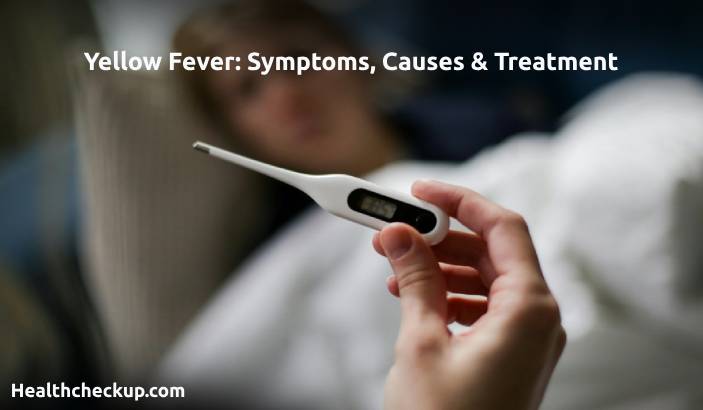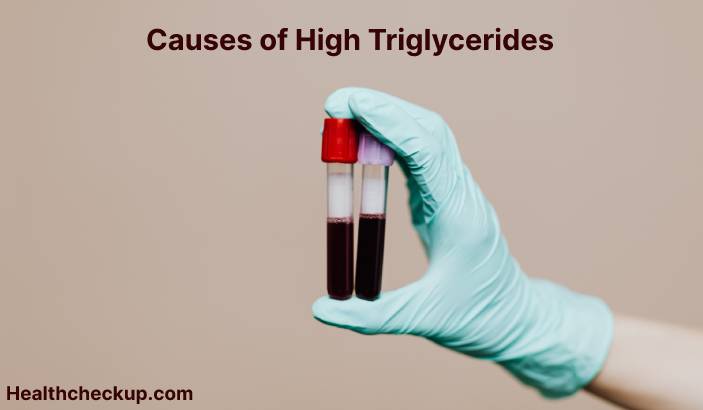Smallpox is a viral infection that was once a common and highly contagious disease. It was caused by the variola virus, and it was transmitted through respiratory secretions, such as saliva and mucus, from infected individuals, and it could also be spread through contact with contaminated clothing or bedding. Smallpox was a serious and often fatal disease, and it was characterized by a high fever and a distinctive rash of small, fluid-filled blisters on the skin.
Symptoms of smallpox typically appeared within 7 to 17 days after exposure and included:
- High fever
- Headache
- Backache
- Severe fatigue
- Nausea and vomiting
- Rash of small, fluid-filled blisters on the skin
In severe cases, smallpox could lead to complications, such as sepsis (a severe infection in the bloodstream), pneumonia (an infection in the lungs), and encephalitis (inflammation of the brain). Smallpox was fatal in up to 30% of cases.
Smallpox was diagnosed based on the presence of symptoms and the characteristic rash. There was no specific treatment for smallpox, and treatment was typically supportive, such as fluids to prevent dehydration and medications to control fever and pain.
Smallpox was eradicated in 1980, thanks to widespread vaccination efforts. The last naturally occurring case of smallpox was reported in 1977, and all known samples of the variola virus have been destroyed. The World Health Organization (WHO) declared smallpox to be eradicated in 1980, making it the first infectious disease to be completely eliminated globally.
If you are experiencing symptoms of smallpox or have been exposed to the virus, it is important to seek medical attention as soon as possible. Follow the recommendations of your healthcare provider and public health officials to help protect yourself and others from smallpox.








